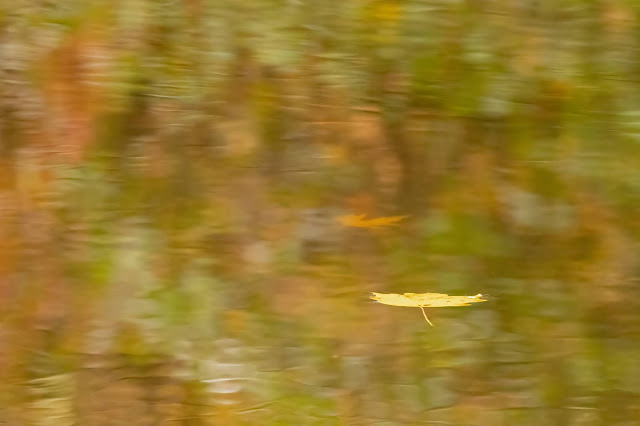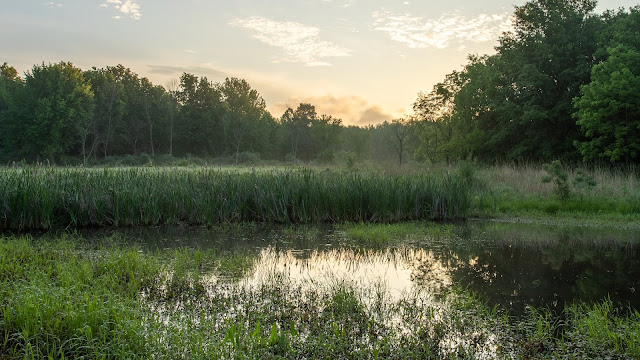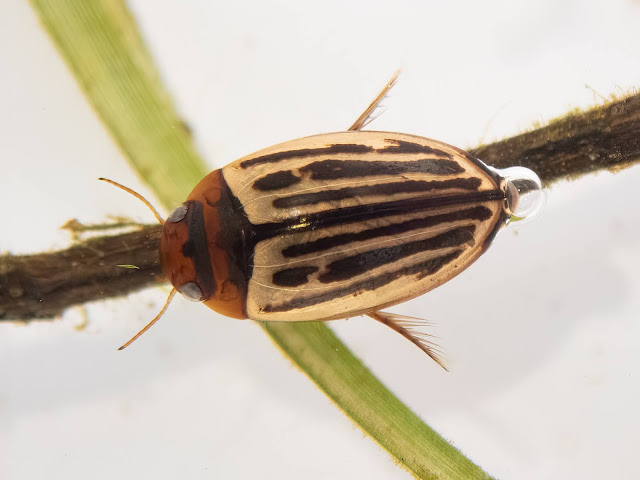Wonders of the Wetland: Thirty-Two Photos in Celebration of the Homer Lake Wetland

The thirty-two photos above are now on display at the Homer Lake Interpretive Center during their regular hours through the beginning of April 2023. Come take a look at a few of the things I think capture some of the Wonders of the Wetland! If you can't make it out to Homer Lake, the websites below complement each of the topics in the exhibit and include the exhibit photos along with brief explanations, a few additional photos, related video and some links for those who want still more. Exhibit Links — check it out from home if you can't make it in or expand on your visit if you want to know more! Wonders of the Wetland: If You Build It They Will Come Dragonflies: a Closer Look Other Creatures Underwater They Call It Home: Frogs at the Homer Lake Wetland Personal Statement





